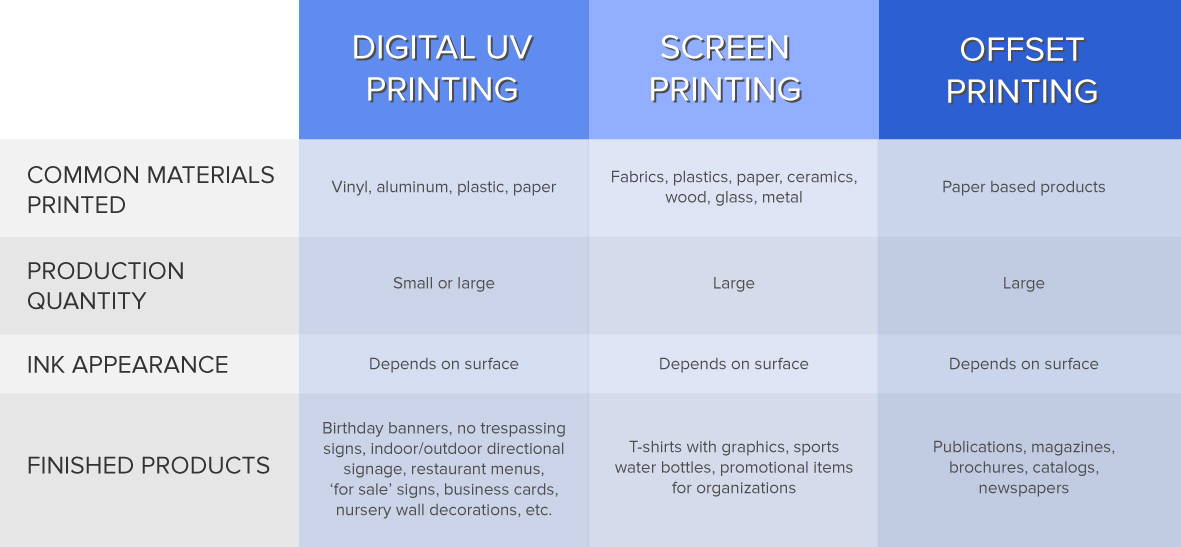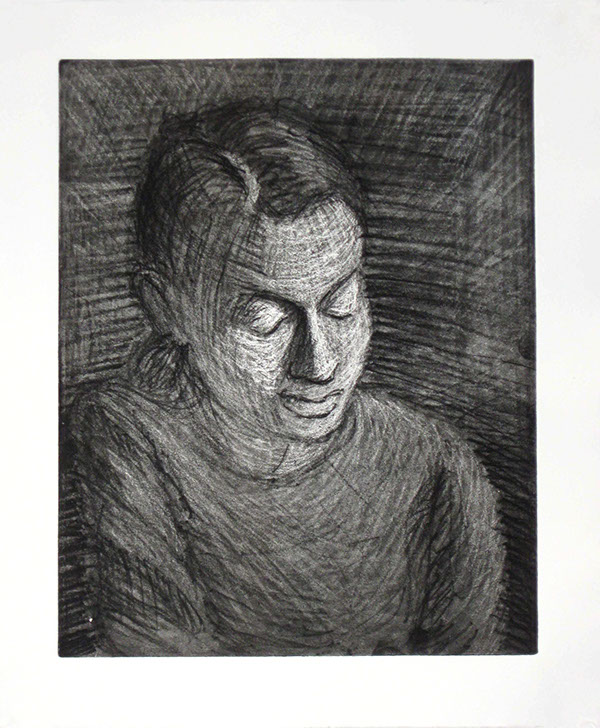

Much of the glory of photogravure came from its capacity to produce a deep black value on a totally matte surface. Yet the tone and clarity were only part of the reason for this. When both these things happened in a gravure, and the originating photograph had a fine tonal scale, the result could be more beautiful than anything else in photography.
#RELIEF VS INTAGLIO FULL#
When a gravure resist was properly etched, it not only described a full range of tones but even allowed their internal relationships to be adjusted to make the information from the negative more effective. When an aquatint was well made, it provided printing cells that were virtually invisible to the naked eye. Because photogravure depends upon an ink film that varies in thickness to show tonal differences, it uses an ink that is less dense than that for other processes, where the requirement of the ink is to simply be as black as possible. This variable depth, when printed, lays down ink of variable thickness to generate tone. The plate now carries a set of ink-bearing pits that have been etched for variable amounts of time in inverse proportion to the thickness of the gelatin layer that had been applied to the surface. After the etch has reached all parts of the picture, it is stopped and the resist and aquatint are removed. The lighter values are etched later, after the necessary time has passed for the gelatin to swell and allow ferric chloride to pass through those areas. In the dark areas of the picture, where the gelatin is thin, the iron compound quickly reaches the copper and begins to etch the fine spots left open by the aquatint. When placed in the etching bath the gelatin slowly takes up water and swells, and as it does so the ferric chloride is able to move through it. Because the gelatin layer now stuck to the aquatint was made from a positive rather than a negative, it is thin in the shadows of the picture and thick in the highlights.
#RELIEF VS INTAGLIO REGISTRATION#
Perfect registration had to wait for the multicolor offset presses designed to print color for advertising purposes.Ī carbon print consists of a gelatin layer that varies in thickness according to the values coming from its exposure. The presses never really registered the sheets accurately when printing duotones, but the second impression, being gray, could be a bit out of alignment and still improve the reproduction. The multiple-pass duotone, though more expensive than a halftone, was still far cheaper than gravure, so it had a viable role in photographic ink printing. Extremely beautiful photographic reproductions were already being made in the first half of the century by the technique of photogravure, but this intaglio medium was very expensive. Duotones first showed up at the start of the twentieth century and became common by the 1930s. This new development-the duotone-appeared in art books and other expensive publications where image quality was the first concern. The second set of dots in gray ink, even though they were pale, added body to the black parts of the picture and made the areas of middle and light values much smoother.

There are difficulties faced in carrying out this variation through mechanical means, with no assistance from the mind of such craftsmen as the engraver who made this block. When these small marks cover a large percentage of the paper surface the tone appears dark when they are small or widely separated, that part of the picture looks light. The wood engraving we see here achieves this through an incredibly refined set of hand-cut lines. The solution to this problem has always been to break the picture up into small particles and to vary the size or number of those particles to emulate tone. Black ink is always black-it either goes down on the sheet and makes a black mark or it is not there and the paper is white. The fundamental problem is that photographs have tonal gradations that ink, when printed by relief or planographic processes, does not. There are various ways in which this translation has been done and many challenges that have so often led the process astray. To this day the task of converting a photograph into ink is fraught with problems-a seemingly simple chore, it almost never turns out correctly.


 0 kommentar(er)
0 kommentar(er)
